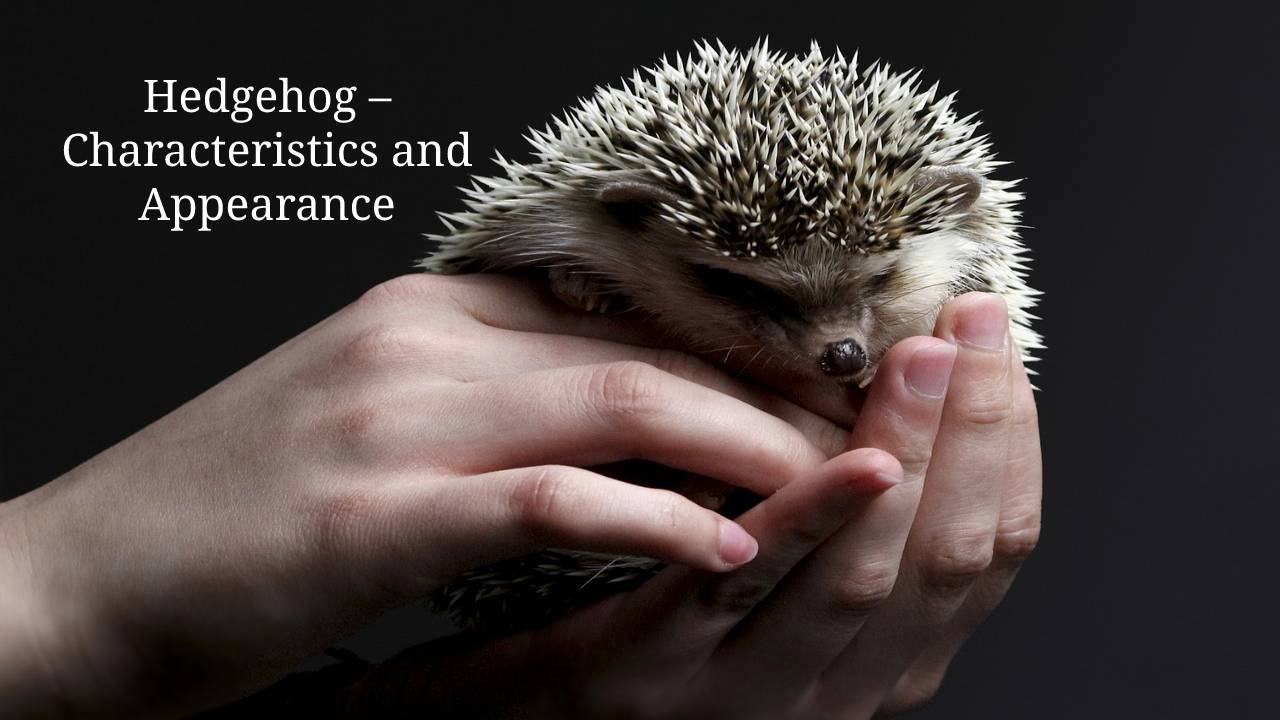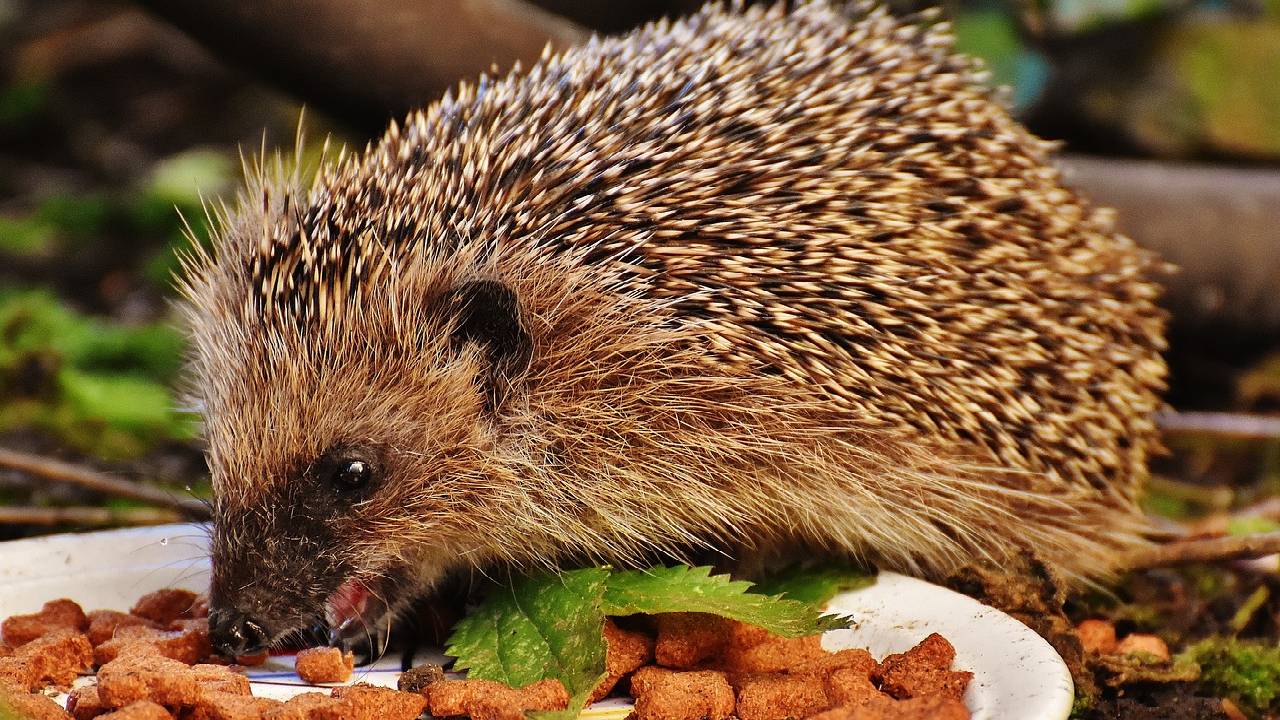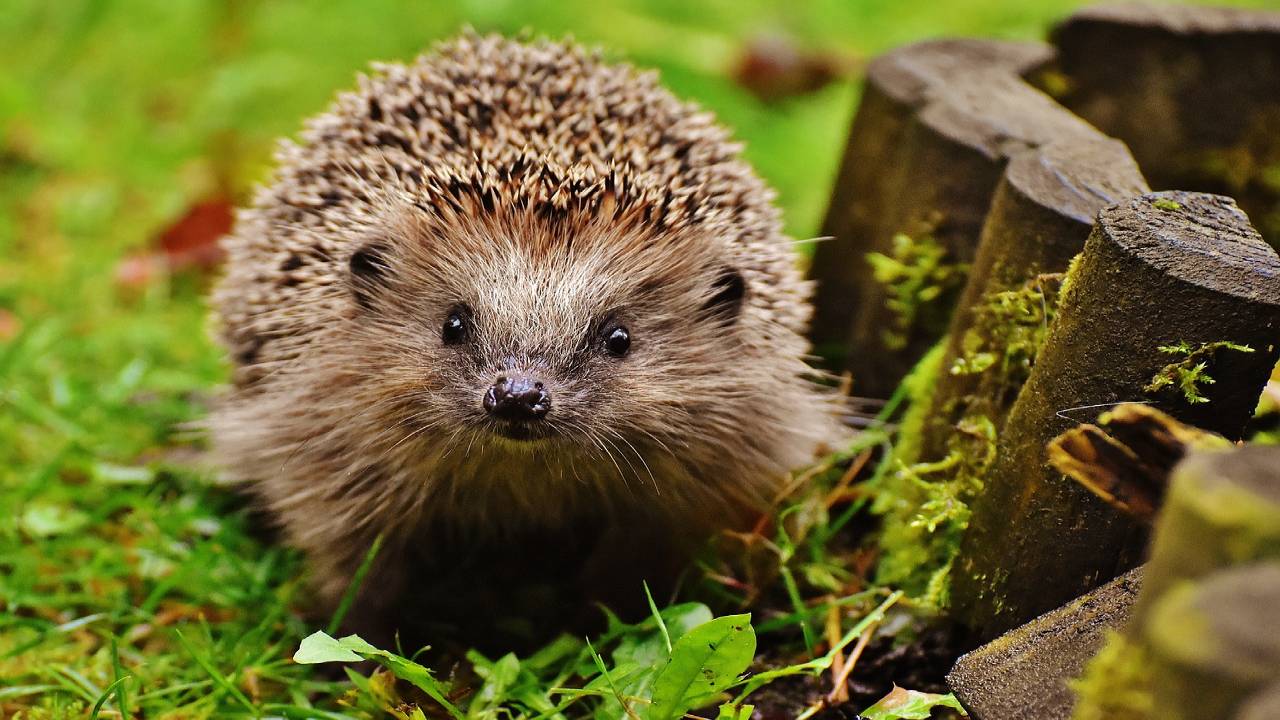Hedgehogs
The Hedgehogs are reasonably common animals in the countryside, easy to find at the woods’ edge, in home gardens, and along the edges of roads and paths.
Like moles, the Hedgehog belongs to the insectivores’ order, although its diet also includes invertebrates and small snakes.
The average duration of its life is 8-10 years. In nature, it lives in a den dug into the ground, about 50 cm deep.
It is its day shelter and a bed in the winter months when the Hedgehog hibernates.
The look is rather funny and friendly. Its stocky, pear-shaped body, about 25-27 cm long for a weight that hardly reaches a kilogram.
Equipped with a tail just 2.5 cm long, it has a relatively long and pointed nose. The legs are short, stocky, with long feet and five toes with sharp nails.
Furthermore, each Hedgehog has 6000 quills all over the body that change color depending on the season.
In autumn and winter, the quills are brownish; in spring and summer, they are decidedly lighter.
Hedgehog – Characteristics and Appearance
- The Hedgehog is famous for its prickly quills and an incredible defensive move that makes it truly special.
- His back muscles are activated to allow him to roll up on himself and straighten all the spines until becoming almost invulnerable in case of danger.
- Not surprisingly, there is an old saying – ‘close up like a hedgehog’ – inspired by this animal’s extraordinary ability.
- Let’s get to know it better and discover its habits and rules for raising it at home or in the garden.

History of the Hedgehog
- The history of hedgehogs is long and colorful. Hedgehogs are small spiny mammals that first appeared about 15 million years ago.
- They live in Europe, the Middle East, Africa, and Central Asia.
- Hedgehogs were introduced to New Zealand from England and are now abundant across the country but are considered a threat to local wildlife.
- There are around one million Western European hedgehogs living in Britain.
- The most common pet hedgehog is the African pygmy Hedgehog, which has become famous in many YouTube videos and is recognizable by its white fur.
- Hedgehogs have also been an essential part of British culture for centuries and are mentioned in classical literature and folk tales.
Hedgehogs were named after their unique mining methods
- It is not surprising that hedgehogs are exceptional gatherers – so-called they were.
- The root “hedges” in search of their prey – mostly insects, but also worms, centipedes, bird eggs, snails, mice, frogs, and snakes – while puffing, squealing, and groaning with their “pig’s face.”
- Their long snouts also afford a strong sense of smell, and their curved claws make them the exclusive burrows that these nocturnal hunters need.
What does a Hedgehog eat?
- As for nutrition, it is necessary to clearly distinguish what magic a country Hedgehog from the recommended diet for a hedgehog kept in captivity.
- The first live in direct contact with nature and gets food, especially at night.
- In his case, the diet is mainly based on insects, earthworms, snails, spiders, and millipedes.
- In the absence of this nourishment, it is also ‘satisfied’ with small reptiles and amphibians, such as frogs and toads. Being omnivorous, it also eats fruit willingly, mushrooms, berries, and acorns.
- The diet of a ‘domestic’ hedgehog, on the other hand, includes vegetables and meat.
- Remember that hedgehogs love to nibble on other animals’ bowls, especially cats, as they are greedy for their treats, especially wet kibble.
- With cats, they tend to establish a relationship of peaceful coexistence. These two species live in a relationship of mutual respect and are not feared in the least.
- So if a feline lives in your home, the Hedgehog will undoubtedly appreciate his company and his leftovers.
- The dog may not like the presence of the Hedgehog near his bowl as serenely.

How long do Hedgehogs live?
- The average lifespan of a Hedgehog is 3 to 7 years. There have been cases when domestic hedgehogs have reached 8-10, but this is quite rare.
- In nature, hedgehogs live up to about 2-3 years. The reason for this huge difference in potential life expectancy is that wild hedgehogs encounter predators and an increased risk of illness and injury.
- Next, we explore the factors that influence the lifespan of the domestic African pygmy Hedgehog.
- These are all you can influence at a certain level, so understanding them will help you spend more of your valuable time hedging.
What affects the life expectancy of hedgehogs?
- It believes that animals in captivity live much less than in the wild.
- And often, this is true, but not for house hedgehogs, for sure. It is easier for hedgehogs to survive under the auspices of humans.
The reasons for such a high life expectancy:
- The absence of enemies (foxes, owls, and badgers) and other obstacles that could cost an animal life;
- Availability of food – in nature, there may be a lean season or conditions that do not allow the Hedgehog to find food for himself, and at home, he will not die of hunger;
- If the pet gets sick, the owner should consult a veterinarian; in the wild, a thorny animal can only rely on itself;
- At home, the Hedgehog does not go into “hostilities” for the female or the territory, and since there is no conflict, there are no victims either;
- Finally, in the wild, hedgehogs often find themselves under the wheels of a car; they can die due to forest fires, as well as during the poisoning of crops with pesticides.
So it turns out that in a greenhouse home, the Hedgehog is not in much danger, and he can, as a result of the care of the owner, become a real long-liver.

